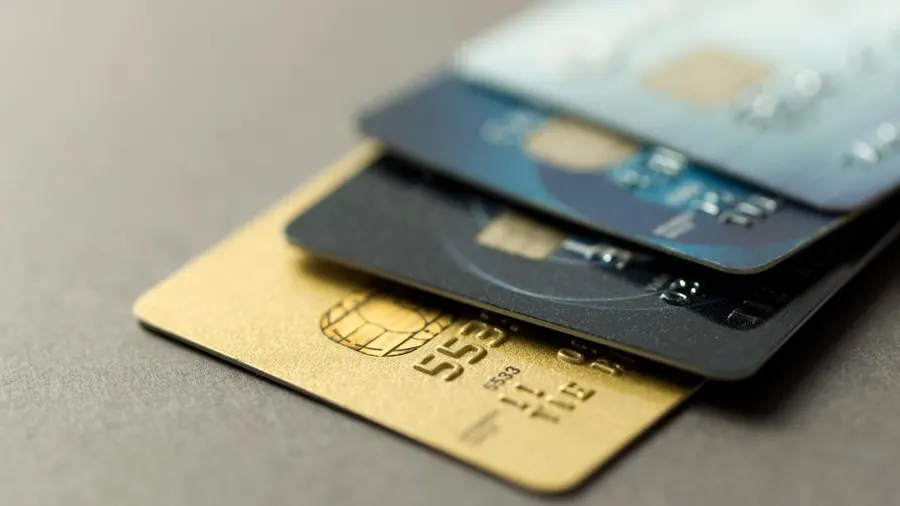How Credit Card Interest Rate Hikes are Costing Americans More
Credit card interest rates have been steadily climbing over the past few years, recently reaching their highest levels on record according to a new analysis from the Consumer Financial Protection Bureau (CFPB). The average annual percentage rate (APR) charged on credit cards with interest is now 22.8% as of 2023, nearly double what it was a decade ago. This increase has significantly boosted profits for the largest issuers but come at the high cost of billions of dollars in excess interest paid by Americans every year.
The CFPB found that nearly half of the rise in credit card interest rates can be attributed to issuers increasing the profit margin they apply on top of the prime rate, which banks use as a benchmark. At 14.3%, the current average margin is the highest in recent history and over 4 percentage points more than a decade ago. Even as other risks have reduced, major card companies have aggressively expanded margins, reaping an estimated extra $25 billion in interest revenues last year alone due to this increase.
How Excess Margins Are Costing Consumers

For the average cardholder carrying about $5,300 in revolving balances across multiple credit cards, these excess profit margins translated to an additional cost of over $250 in interest charges in 2023 compared to if margins had remained steady. With over $590 billion owed on credit cards charging interest, Americans collectively paid billions that instead padded issuer profits. What’s more, outsized interest burdens risk trapping consumers in long-term debt cycles as more of their payments go to interest versus principal each month.
Major issuers have been able to sustain high and growing credit card interest rates due to their dominance of the market. The CFPB found evidence that large banks may inhibit consumers’ ability to easily find and switch to less expensive card options. Going forward, the agency plans further steps to promote fair competition, transparency, and avoid debt spirals for consumers struggling with rising credit card interest rate costs.





